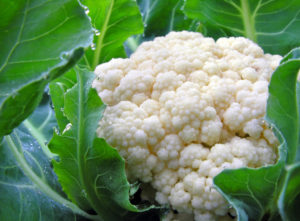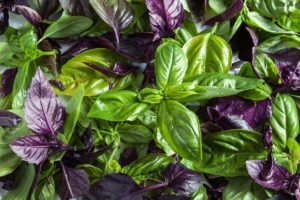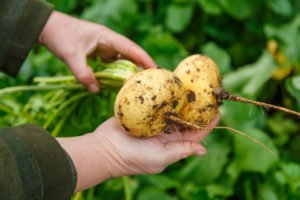
Artemisia dracunculus is one of the species of wormwood, the only one that does not have bitterness. Also called tarragon. Tarragon is used as a seasoning in national dishes of different countries.
Tarragon Landing
- When landing, try to illuminate the areas with direct sunlight.
- Tarragon does not tolerate soil with an excess of moisture, clay and heavy. Suitable sandy loam, heavy, it can be diluted with organic fertilizers and sand. Organic matter is introduced in the fall under the digging site, you can add superphosphate (fertilizers). Tarragon loves rich soil, but this does not prevent it from growing on sandy, poor organic soil. It is this plant that is ideal for high beds.
- Prefers normal acidity. Owners of slightly acidic and acidic soils recommend adding wood ash to the soil before planting, this will reduce the acidity.

- You can plant it in the spring and fall. In one place, tarragon can grow for a long time, but, in my opinion, then its taste in fresh form will deteriorate due to the rigidity of the leaves. Therefore, I recommend transplanting tarragon. I transplant mine every 4 years.
Reproduction of tarragon
Reproduction of tarragon occurs by dividing the bush, cuttings and seeds, and with the seed method, tarragon can completely lose its spicy flavor. Seeds should be sown in early spring, lightly sprinkled with earth.
From the second year after planting seeds, tarragon blooms. But to bear fruit not every year, maybe even extremely rarely. My tarragon bore fruit once every 4 years, after a very hot summer.

When planting seeds, you can also use the seedling method, in which the seeds are sown in early spring, so that at least 60 days remain before planting in the ground, because tarragon seeds germinate for a long time. The seedlings will take about 3 weeks, bury the seeds 1.5 cm (0.6 in) into the soil, lightly sprinkled.
If you decide to propagate tarragon by dividing the bush, it is best to produce it in August or early spring.
For propagation by cuttings in early May, cuttings about 15 cm (5.9 in) long are cut, the lower cut is made beveled (at an acute angle), usually below the place of attachment of a pair of leaves, 3 centimeters (1.2 in). After that, the cuttings are buried in a greenhouse or under a film on a high bed. The slice can be processed. In about a month, the stem will take root and develop a sufficient root system for transplanting.
Tarragon care
Loosen the soil, remove weeds, water several times-until it takes root, and in drought as needed. This is the main concern. In the second year, tarragon can be fed with liquid mullein, phosphorus-potassium fertilizers.

Young shoots can be tied to pegs so that they do not suffer from strong winds.
Tarragon collection and storage
I cut the tarragon before flowering, dried it in the same way as mint and St. John’s wort, in a warm place, protected from direct sunlight, well ventilated, and illuminated by scattered sunlight in the morning. When the tarragon greens are dry, I put them in containers with a closed lid, this allows you to preserve the aroma of the spicy herb.
Tarragon can be harvested in the first year after planting. When the plant reaches a height of about 20 cm (7.9 in), you can cut off the tops of the leaves about 10-15 cm (3.9-5.9 in) long. After this cutting, the stems become stronger, and the second time the grown stems need to be cut off at the base. Pruning for the winter is best done in the first half of summer. In winter, the stems can be cut, and you can leave, I always leave, and in the spring I cut dry. Many people cover it with compost, but I don’t cover it.





Leave a Reply